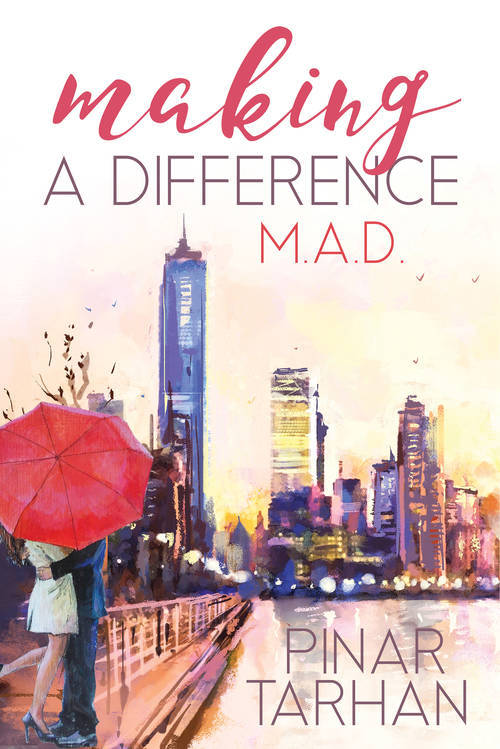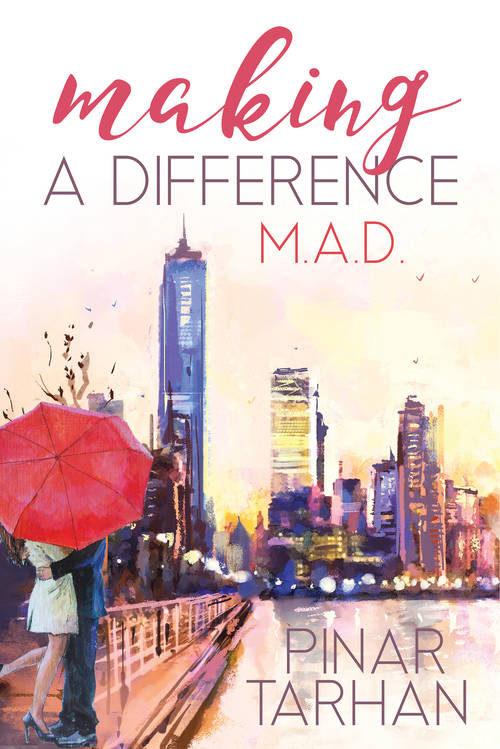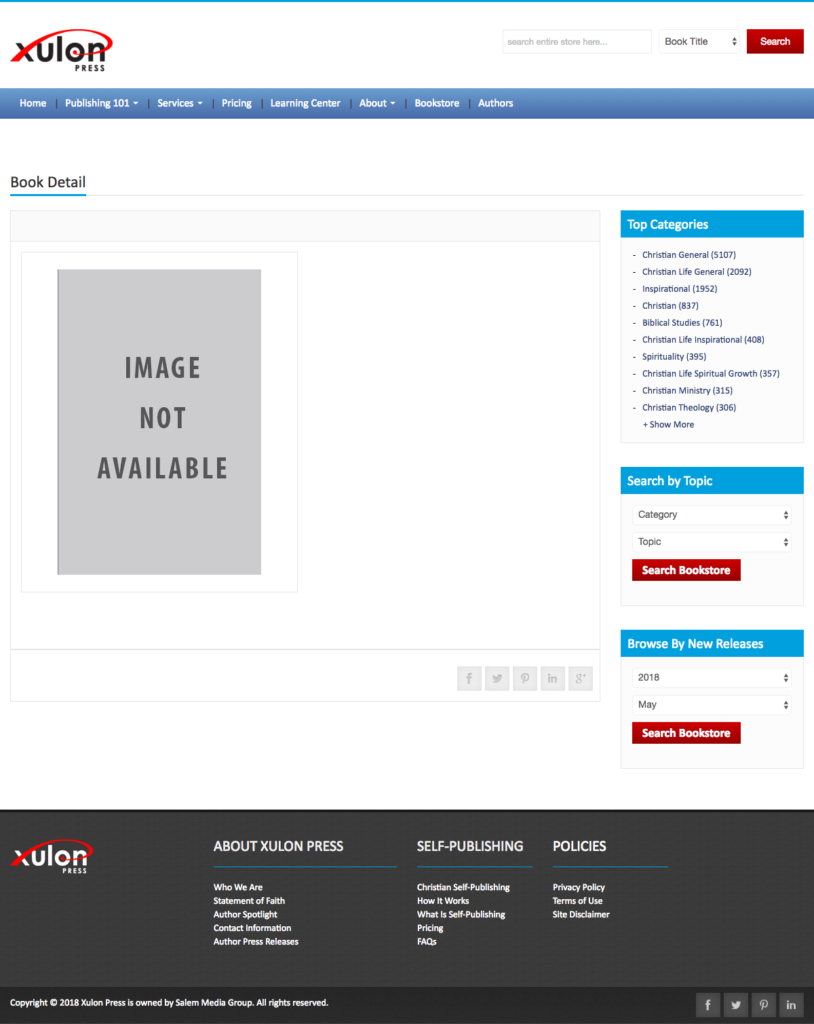
Happy Indie Author Day!
Indie author and self-published author are basically the same things, except a quick search online tells me indie author means someone who writes and publishes their books for a living, while a self-published author can write just for family and friends.
I don’t mind either term, but I prefer self-published.
Since I’ve had to do a lot myself, I liked the word self in there.
And even though you hire people for some of the crucial tasks like editing and cover design, you still have to come up with the money yourself.
With the definition of the concept out of the way, I’ll explain why my non-self-publishing audience should care. (I’m sure my fellow self-published authors will be nodding along the way.)
Self-publishing is becoming the go-to-choice of increasingly more authors, including previously traditionally published ones. Some authors choose to enjoy both worlds while quite a few stick to one team.
Self-publishing has a lot of attractive pros, both for the reader and the author:
There are no barriers to entry.
This doesn’t mean self-published authors can and should ignore quality. On the contrary, they have to constantly up their game so they can keep up with all the books being published, by traditional authors and other fellow self-published authors.
What no barriers means, instead, is that writers can get their words out there more quickly as opposed to chasing after agents and publishers for years on end.
They can be as slow or as fast as they like.
Self-published authors aren’t bound by the same length expectations of traditional publishers or certain agents.
They can write shorter books, publish more frequently, and in doing so, unite readers with awesome story worlds faster.
They can price at will.
Exceptions aside, self-published authors look at other self-published authors and reader expectations for pricing their books.
Most indie e-books books change from free (as in the writer is giving away this book) to $4.99. (At least this is so in the romance genre.)
Traditionally published books are usually more expensive.
It’s easier to build a direct relationship with the author.
While there are self-published authors making all sorts of bank and bestsellers list, many don’t have thousands of raving fans yet.
Obviously don’t get your stalk on, but you’ll have an easier time reaching the author.
Authors remember reviews that go into detail about favorite characters and non-spoiling accounts of what the reader enjoyed the most.
You might end up voting on the cover of the writer’s next book, helping name a character, deciding on a certain twist or other important story detail.
Traditionally published authors might get a vote on their cover themselves, but the publisher won’t be likely asking for your opinions.
*
So there you go. These are 4 great reasons to read more indie authors, if I say so myself. And yes, I read a lot of self-published authors. I walk the walk.
Now that you know the why, if you want to help your favorite self-published authors reach a bigger audience (because a bigger audience means a better chance of making a living which consequently means, you guessed it, more great books), there are 6 things you can do.
6 Things Readers Can Do for Self-Published Authors
Read the book.
OK, I know you are saying no shit, Sherlock. But hear me out.
Reading the book might be the most obvious thing, but it’s certainly not the easiest.
Reading takes time. I can’t read as much as I want to, and I read like crazy.
Taking the time to read someone’s work in its entirety is the single best thing you can do for them.
How can you read the book?
Well, you can buy it, yes.
Or you can borrow it if the book and you are both on Kindle Unlimited.
But you can also offer to beta read or read a review copy.
Beta-reading is when you help an author improve their drafts. You might or might not get to read the final version.
Authors always need more reviews (which I will get into in a bit.) So, before they launch, they will post on their social media and write in their newsletters, asking for early readers (so that they can read and review the book).
How do you receive those newsletters? You subscribe to their email lists. How do you subscribe? Well, they will be promoting it left and right.
Want to get on mine? Here’s the link: https://writing.pinartarhan.com/newsletter/ Subscribing to author newsletters has other benefits, which I’ll get to shortly.
Buy the book.
This again?
Well, yes.
If you can afford it and think the author is worth it, you should buy the book even if you received a free copy.
This is how online bookstores come to decide the author is worth reading so their algorithms recommend their books to more people.
More purchases lead to more purchases.
Review the book.
Review the book. If you hate Amazon, review it on Kobo. Or Goodreads. Review it on your blog or social media.
But review it.
If the book is on Amazon, though, the writer will especially appreciate the reviews there.
Amazon has a bunch of strict rules about who can review what. And not everyone who reads the book leaves a review.
Then there is the regional stuff. I have reviews scattered around Amazon. Italy, The Netherlands, UK…Which is great, but when someone goes on Amazon.com, they will see fewer reviews in total because reviews are not all in the same place.
No/few reviews stops or slows down sales. More reviews keep the book more relevant. Amazon shows it to more people. More sales.
Whether the book has 1 review, 10 reviews, or 50 reviews, that author needs your review. But the book with fewer reviews needs reviews more than the others.
And please don’t be daunted by the word review either. No one wants a book report.
But a writer needs a bit more than “I loved it/I liked it/It was okay.” You can mention parts you enjoyed, characters you identified with, being impressed with the quality of twists (without spoilers), talk about how well-written the sex scenes were…
Anything about the book/writer’s writing style is fair game as long as you don’t give away spoilers. (And if you didn’t enjoy the book, keep it constructive and decent.)
And if you want to do the writer a real solid, give them permission to use your name and review as a whole in their marketing of the book.
Spread the word about the book, online and offline.
Writers need readers. And word of mouth can spread like wildfire. But someone needs to light the spark.
If you enjoyed the book, tell people. Tell them in person. Tell them online.
Post about the book on social media and/or website if you have it.
If you are following the writer on social media, like/retweet/upvote/share/etc. their posts. This will help increase their visibility.
Talk about this book and other books with the writer
Whether the writer is your friend or someone who is just really good at engaging with (potential) readers online, writers love to discuss their stories.
For a lot of writers, their books are their babies. You can talk about what you liked. You can talk about what you didn’t like (but be gentle.) You can discuss suggestions and expectations.
This will inspire and motivate the writer. This might prevent them from banging their head on their desks when they are lost.
When readers talk to me about their favorite events, characters, expectations, surprises and ask questions, it’s one of my favorite things in the world.
Subscribe to their newsletter.
Email newsletters are the direct communication link between the author and the reader.
Authors share their news, latest blog posts, upcoming projects, *free stuff, answer reader questions, and more in their emails.
The free stuff is exclusive to the email list and can be anything from sample free chapters to deleted scenes, bonus chapters to character interviews, fun trivia to entire new stories/books.
You can also ask questions, send requests and reviews to the writer.
*
Happy Indie Author Day!
If you are a reader, thanks for supporting us.
If you are an indie author, may all the right fans find you.




